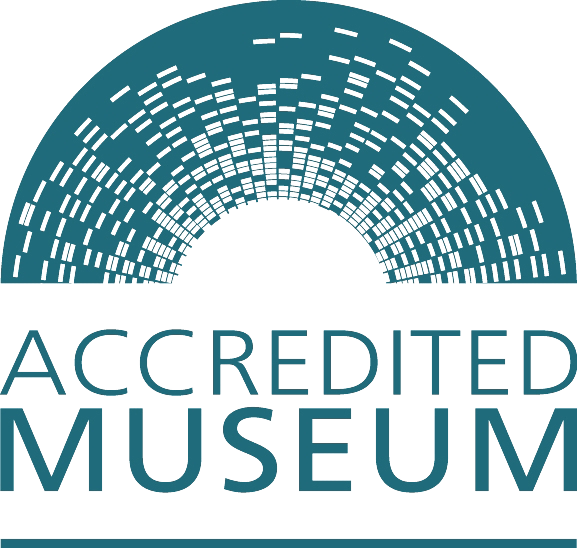
Trustee Sue Gavin talks to illustrator Will Whatley who was the winner of the Court Barn Bursary Award in 2021.
Will’s work can be seen in the exhibition New Beginnings, 16 July – 4 September 2022.
SG: Will, you chose to go straight from A Levels at Chipping Campden School to study for a degree in illustration at UWE Bristol. Why did you choose that particular course, and can you tell us something about the course and what you have enjoyed so far?
WW: I chose illustration over a more specialised degree such as fine art or graphic design because of the generalised nature of the course. Illustration covers a broad range of styles, mediums and techniques as well as an insight into the wider artistic world and its workings. The course has pushed me to develop different styles and try out mediums such as oils and markers that I may have not otherwise explored. I particularly enjoyed learning how to book-bind sketchbooks as learning practical skills such as this opens doors in terms of creativity.
SG: Court Barn’s exhibition of work by past Bursary Award winners is entitled ‘New Beginnings’, a title inspired by potter Lucie Rie’s comment that “every new work is a new beginning”. Do you agree with this comment?
WW: I do, I believe that every new art work is a clean slate and a space to demonstrate what you have learnt from past failures artistically, as well as a place to experiment and develop your style or lean into a wholly new way of working. I also think this is why sketchbooks are so important, as they are a way to develop and fail without stress or repercussion.
SG: The museum features the work of several accomplished illustrators, including F L Griggs, Paul Woodroffe and indeed C R Ashbee himself. Is there an artist who particularly inspires you?
WW: I have always been fascinated by the work of Mark Lascelles Thornton who produces some of the most intricate and crisp pieces I have ever seen. He regularly pours hundreds of hours into even his smaller pieces with his larger masterworks such as ‘The Happiness Machine’ taking up to ten thousand hours to complete! He inspired much of my early architectural drawings and instilled my ideals of crisp, neat works.
I also love the work of science fiction artists such as Jakub Rozalski, a Polish Illustrator who produces 1930s era steampunk drawings. Peter Deligdisch who is an American Illustrator, he produces intricate Ink drawings. Jeremy Levett, who Illustrated the ‘Illustrated World of Mortal Engines’ books. As well as many other artists that I draw inspiration from in my works.
SG: Your style of illustration is very individual and imaginative with a nod to science fiction and the future. Where do the ideas come from?

WW: My style has radically changed over the past few years, I used to produce fairly basic, perspective-based pencil drawings with the occasional use of coloured pencil in some areas. This style gave way almost over night when I got my first art pens. I experimented with flat, very detailed biological drawing to produce abstract looking black and white pieces. Over time this evolved to incorporate mechanical elements alongside the biological. At the same time this stylistic revolution was occurring I became fascinated by space flight, machinery, cityscapes and essentially anything huge. I had incredibly vivid dreams of enormous cities, cities that walked on legs or burrowed underground, cities that rolled on tracks, spaceships so massive they blotted out the sun. I was, and am obsessed by scale and symmetry, machinery and Industry.
Phillip Reeves Book ‘Mortal Engines’ Inspired my work hugely with its premise of ‘Municipal Darwinism’ where big cities eat smaller ones, Clarke/Kubrick’s film ‘2001: A Space Odyssey’, George Lucas’ ‘Star Wars’ and recently audiobooks of ‘Warhammer 40k’ have all inspired me and my work with their grand scale and definitive artistic styles.
Currently I have several different styles that I operate in, my traditional intricate pen drawings that sometimes feature a block colour background, my coloured pencil blended drawings and now my marker pen drawings, the style of which I am still refining and getting the hang of.
SG: How has the Bursary Award supported your studies?
WW: The money from the Bursary Award went towards buying a printer to allow me to easily scan my pieces into photoshop and edit them. The remaining money helped me with the cost of living, as well as buying art supplies. The exhibition itself is a great experience of a professional show and a fantastic space to present my art to the public.
SG: Finally, what are your career ambitions?
WW: I hope to start my own company after completing University producing commissions for businesses and private individuals as well as selling my work decoratively. Eventually I hope to employ other Illustrators as a fully-fledged art company.
SG: Thanks Will, and good luck!
WW: Thanks Sue!
+44 (0)1386 841951
admin@courtbarn.org.uk



October – March
Tuesday – Sunday 10am – 4pm
April – September
Tuesday – Sunday 10am – 5pm